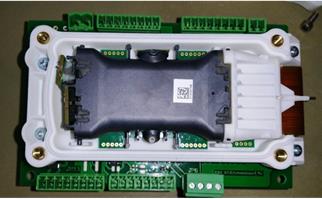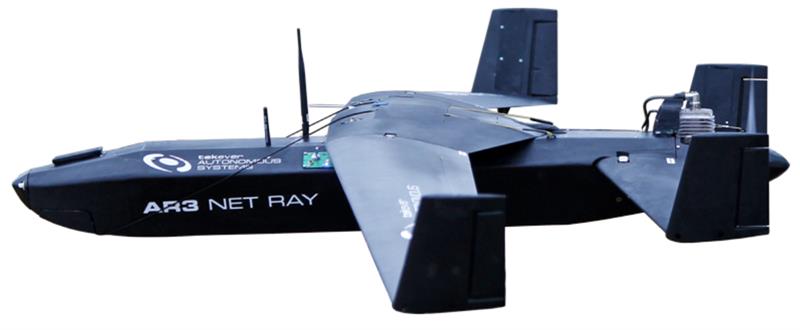Natural disasters like the eruption of Iceland’s Eyjafjallajökull in 2010 can severely impact air quality and safety in the short term and are often outside the reach of fixed monitoring station networks.
Similarly, wildfires, which destroyed 1.7 million acres of land in the EU, and 8.8m acres in the USA in 2017, were estimated to kill up to 339,000 people worldwide per annum.
Flying through some of the toughest environments on earth, reaching speeds of up to 120km/h and covering an 80km radius, the FLAIR (or ‘Flying ultrA-broadband single-shot Infra-Red Sensor’) drone is fitted with a novel photonic sensor that can simultaneously detect dozens of toxic gasses in an instant used for quick decision-making during evacuations and the deployment of rapid response emergency services.
André Oliveira, project coordinator of TEKEVER AUTONOMOUS SYSTEMS explained: “The drone can map out areas that are too dangerous for humans to go and can transmit data in real time to a ground processing unit.”
Standard gas sensors on ground based stations usually deploy LIDAR or ‘differential optical absorption spectroscopy’ (DOAS), focusing on one or a few specific molecules, such as carbon dioxide and methane, using a narrow spectrum laser.
However, because the FLAIR sensors are said to work in a much wider spectrum, more detailed signatures in the gas mixture can be detected, such as carbon dioxide, methane, sulphur oxides, and nitrogen dioxide.
 Oliveira said that it works by beaming the sampled air in a ‘multipass cell’ to increase the total optical path length for exposure with a super-continuum laser, allowing the tiniest concentrations of complex, toxic gas mixtures to be detected.
Oliveira said that it works by beaming the sampled air in a ‘multipass cell’ to increase the total optical path length for exposure with a super-continuum laser, allowing the tiniest concentrations of complex, toxic gas mixtures to be detected.
“For the first time, a gas sensing device has been created from the hybrid of an optical spectrometer and a high-resolution spectroscopy gas sensor. By employing infrared absorption spectroscopy in either the 2-5 microns and 8-12 microns wavelength windows where most of the harmful gasses have absorption signatures, the optical sensors can detect many molecules, simultaneously in real time,” Oliviera said.
The gas concentrations are measured by reading the unique frequencies, or ‘signatures’ of the air sample, that become absorbed and ‘dimmed’ in the laser light. To improve detection, these unique frequencies of the multiple gasses are separated.
The light then passes through a series of gratings and lenses, illuminating the surface of a multi-pixel detector, a device able to distinguish particles at the photon level.
From these separated pixels, the system can then detect exactly ‘what’ and ‘how much’ of the poisonous gas is present. The drone then relays this microscopic information to the user on the ground in real time
“Immediate detection with such accuracy and precision, without putting lives at risk allows us to visualise vast areas of danger much more effectively. A tailored response can therefore be deployed to disaster situations, reducing damage or even saving lives”, said Oliviera.
The FLAIR project, coordinated by TEKEVER AUTONOMOUS SYSTEMS in Portugal, received a grant of €3,072,020 from Horizon 2020 via the Photonics Public Private Partnership and expects to have a prototype ready in 2018.












